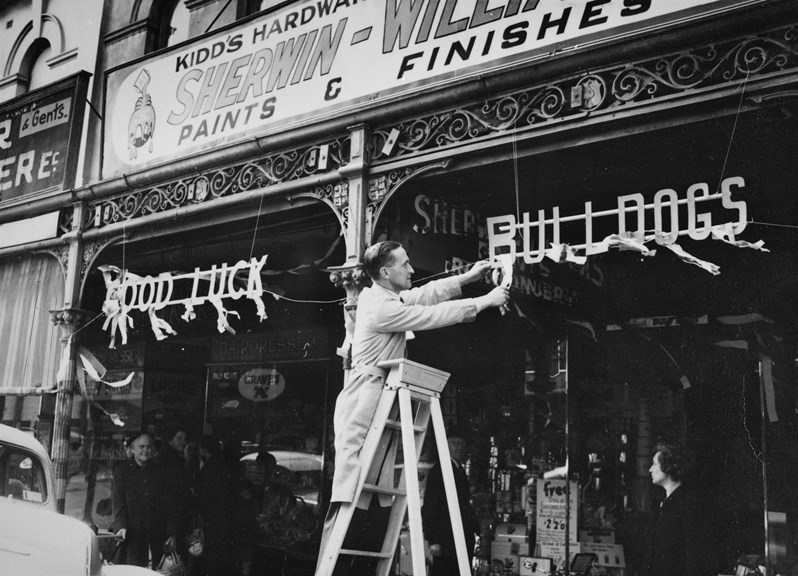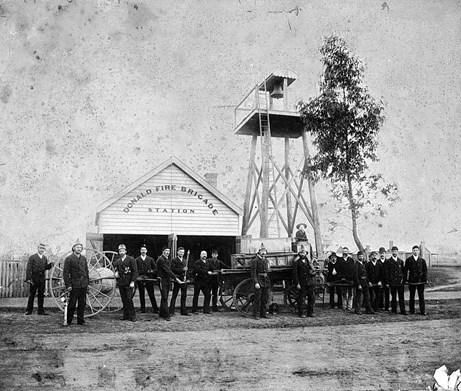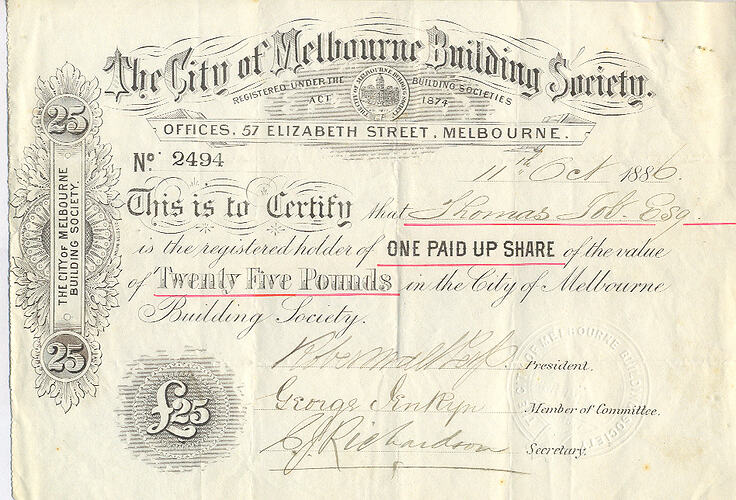1. Introduction
A Small Object Big Story project will guide you to take on the role of historian. Historians use a range of primary source materials such as: oral histories, documents, objects, artworks, photographs, film/videos and archaeological findings.
Historians interpret these primary source materials and construct a story using a range of perspectives and information, including secondary source materials from other historical accounts.
The following activities can provide a useful introduction:
Orientation activity 1: Object
Select an object that means something to you, and describe it to a group. Construct a story that explains the significance of the object to your life story or family history.
As a group discuss the process you used in constructing this story.
Orientation activity 2: Guest speaker
Invite a guest speaker to bring in an important object and tell its story. Ask questions about the object and the owner.
Tip: for class groups, a 'twenty questions' approach where students are given hints and attempt to guess what the object is could precede the story telling).
Orientation activity 3: Site visit
Visit a local museum, this might be the Immigration Museum or Melbourne Museum, to see how historical stories are constructed, using primary and secondary sources.
Personal and community histories
Find out about your family history by answering the following questions:
- Has your family researched your family tree?
- How far back can you trace your family history?
- Is your family history a story of immigration?
- If yes, when did your family come to Australia?
- Where did they come from?
- Do you have anything from that country?
- Do you still have anything they brought with them?
- Does anyone else in your family have anything you could look at?
- Does your family history in Australia predate European invasion/settlement? If yes, how is that history recorded or documented?
- Are there any objects, photos, documents or stories in your family that reflect that history?
- What sorts of primary sources would you need to tell that story?
Community history
There are important places in every community – perhaps a town hall, courthouse, school, mechanics institute, church, public gardens or memorial. Information about the place may be found in local memories, council records, regional libraries and online. You can even learn about history by researching the history of your school.
Does the place/school have objects that tell the story of its history?
- Are there people in the place/school who have been there a long time?
- Has a history of the place/school already been written?
- Can objects be sourced from archives or past students/employees?
- Do old photographs exist of the place/school?
Local organisations often have a rich and varied history. You may like to research the history of a local community organisation. For example, does your local fire brigade or sports club keep objects that reflect their past? Local historical societies can also provide a window into the past.
Tip: historical photographs can be found online in the Museums Victoria collections and State Library of Victoria search and discover. (The State Library manuscript collection holds around 700 school histories created for a jubilee exhibition held in 1922 to celebrate 50 years of compulsory education in Victoria.)
Next step











